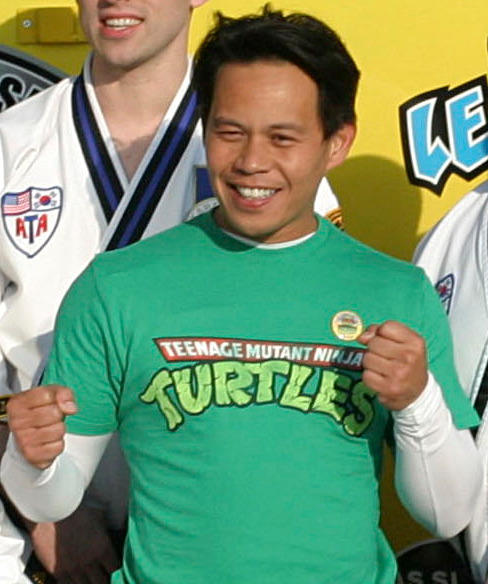One of the most important changes in my approach to RPGs since discovering the self-published RPG niche involves story structure. By story structure, I mean the framework and pacing of the events narrated in the game. Indie games like Primetime Adventures, Dread, and Fiasco have led me to reflect on how this pacing occurs in a game and have helped me address something I disliked about my previous game experiences.
(Now, in the interest of full-disclosure, I have an English degree, and my parents would say that I have been telling stories for a long, long time, so I have probably spent more time thinking about what goes into a good story that your average John Q. Half-Orc Barbarian. But I'm going to intentionally describe what I've learned without using technical terms like five act structure or denouement.)
Essentially, what I've learned about story structure is that it is always best to skip to the interesting part. By interesting part, I mean anything that actually involves tension for the characters and that is, therefore, fun for the players to work through. Anything that involves actual risk or reward is interesting. Anything that simply advances the timeline is not. Back when the neighborhood boys were playing Teenage Mutant Ninja Turtles the RPG, we assumed that the GM should narrate a story chronologically. If the characters had to wait for the big boss to arrive, the GM would describe how we sat around, not doing anything interesting. The players would say (in a Ben Stein-like voice), "and we're waiting, and we're waiting..."
It came to me as something of a revelation that we could simply cut scene and skip to the interesting part of the story. Assuming we had finished our preparations for battle, the GM could simply say, "Five hours later, you feel the earth begin to tremble and the door to your hideout begin to shake." This ability to cut scenes could have saved us from narration of boring events, and given us more time for mutant ninjitsu action!
Furthermore, games like Primetime Adventures, Dread, and Fiasco have story structure built right in. In Primetime Adventures, the players know the general shape of a campaign/season, and they know which player characters will be the focus for individual game session. Fan mail helps the players to encourage each other to be interesting storytellers. Players have an incentive not to spend time on the boring parts of the story that they could narrate, but instead to skip to the interesting parts. Similarly, in Dread, we know that the game will last for only one session. We know that tension will slowly increase throughout the story, and we can make educated guesses as to when characters are starting to risk death. Thirdly, in Fiasco, there is an explicitly drama-geek-esque pacing mechanic that tells us when the story is half over, and what will make the second half of the story more intense than the first. The structure of the game itself discourages players from describing anything except the moments of tension for the characters, when they have something to gain or something to lose.
Now whether or not I'm playing a game that specifically encourages skipping to the interesting parts, I try my best to do so. Certainly, were I to find myself playing TMNT again, I would do my best to push the story from one action-packed scene to the next. If the GM needs a break in order to gather his thoughts, that's great, but there is no reason to spend time on parts of the story that no one finds interesting.
Maybe you think it's silly that this was a revelation for me. Or maybe you have had a similar discovery about improving story structure in your games. Let me know.
Thursday, February 24, 2011
Subscribe to:
Post Comments (Atom)

2 comments:
Just as long as you remember that the "interesting part" can be a character prepping for battle or two characters sharing a quite moment in the eye of the storm. Sometimes Story Games suffer from a rush to conflict, but that's still better than the alternative.
Good point, Scott. Even though I don't necessarily jump to combat, it's fair to say I feel the urge to jump to conflict. I could imagine myself jumping past something that one of the other players consider an interesting part. This may have been one of the problems we were feeling when I played Zombie Cinema. The first few turns seem really slow and expository. Perhaps that is just the designer's intention.
Post a Comment